Search
Did you mean: Cimon?
Search Results

Definition
Justinian II
Justinian II “the Slit-nosed” ruled as emperor of the Byzantine Empire in two spells: from 685 to 695 CE and then again from 705 to 711 CE. It was after his first reign and prior to his exile that his nose was cut off by the usurper Leontios...

Article
Battles & Conquests Of The Ottoman Empire (1299-1683)
Spanning across three continents and holding dominance over the Black and Mediterranean Seas, the Ottoman Sultanate (1299-1922) was a global military superpower between the 15th and 17th centuries. From the point of its inception in 1299...

Article
Periplus of the Euxine Sea
The Periplus of the Euxine Sea (Circumnavigation of the Black Sea) is a description of trade routes along the shores of the Black Sea written by Arrian of Nicomedia (Lucius Flavius Arrianus), a historian and philosopher writing in the early...
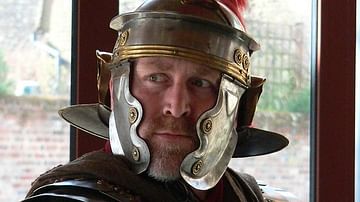
Article
Legions of Noricum, Raetia & Dacia
The provinces Noricum, Raetia, and Dacia served as a buffer protecting Roman Empire against any possible outside threat. However, the region posed several internal problems for Rome: Pannonia and its ally Dalmatia rebelled against Roman occupancy...

Image
Greek and Phoenician Colonization
Both the ancient Greeks and Phoenicians extensively colonized vast areas of Europe, along the Mediterranean and Black Sea coasts. In doing so, they spread their culture, which strongly influenced the local tribes. For the Greeks, this is...

Image
Catherine the Great and the Russian Empire, c. 1796
A map illustrating the state of the Russian Empire, c. 1796, during the reign of Ekaterina II Alekseyevna (born Princess Sophie of Anhalt-Zerbst), commonly known as Catherine the Great. Longest ruling Russian Empress (1762 – 1796), she continued...
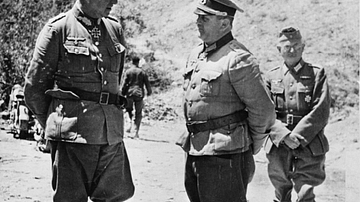
Image
General von Manstein at Sevastopol
A photograph of the German general Erich von Manstein (1887-1973), shown on the left, after the Siege of Sevastopol in 1941-2 during the Second World War (1939-45). The port in the Crimea was captured by Axis forces commanded by Manstein...
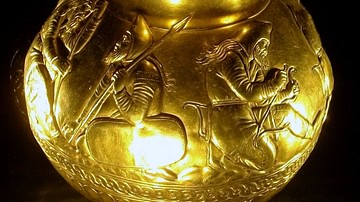
Image
Kul-Oba Beaker
Scythian gold beaker from the Kul-Oba kurgan, Crimea. 4th century BCE. It shows bivouacked soldiers: one demonstrates how to string a bow; another removes his comrade's tooth, and another bandage a fellow's hurt leg. State Hermitage Museum...
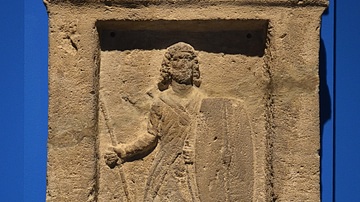
Image
Bosporan Soldier
Grave stele of Staphilos, son of Glaukias, from the Bosporan Kingdom. It depicts a soldier with the traditional Bosporan long hair and beard, and Scythian costume. It dates to the 2nd century CE and comes from the Necropolis of Panticapaeum...
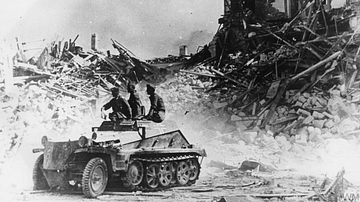
Image
Fall of Sevastopol
A photograph taken in July 1942 showing the aftermath of the Siege of Sevastopol in 1941-2 during the Second World War (1939-45). The port in the Crimea was captured by Axis forces in July 1942. The vehicle is a German Sdkfz 250 half-track...